This project log is definitely going to come in media res -- as of the time I start writing this, we're on the second rev of most boards involved. But the gist of it is that Nixiebunny and I fabbed out a prototype of an expansion board that adds a handful of features to the Bambu Lab X1 Carbon (Ethernet, two USB ports, I2C, and a bunch of other GPIO). The impetus is that the built-in WiFi on the printer is really bad, and it would be nice to have some expandability. Once we had a basic prototype up and running, I posted about it on the Bambu Lab forums, to see if anybody else would want one, and the good news was that lots of people wanted one! The bad news, also, was that lots of people wanted one, because then it meant that I was going to have to figure out how to manufacture this thing. Here's the video I posted on the Bambu forums, before we had any plugins for it:
I've partnered with Crowd Supply to bring it to life, and over here, I'll write about the development process of this thing. This project log will talk about some of the milestones of bringing up the software and hardware, progress on new board revs, and, of course, how much Finding Out I do when it comes to manufacturing. I think a pretty good success criterion would be to sell this thing to a hundred or so people and break even on the manufacturing, and learn from it -- if it works out, I have other hardware projects I want to design that other people might like... If I end up doing more volume, and manage to recoup the prototype costs, I'll be over the moon thrilled.
 Joshua Wise
Joshua Wise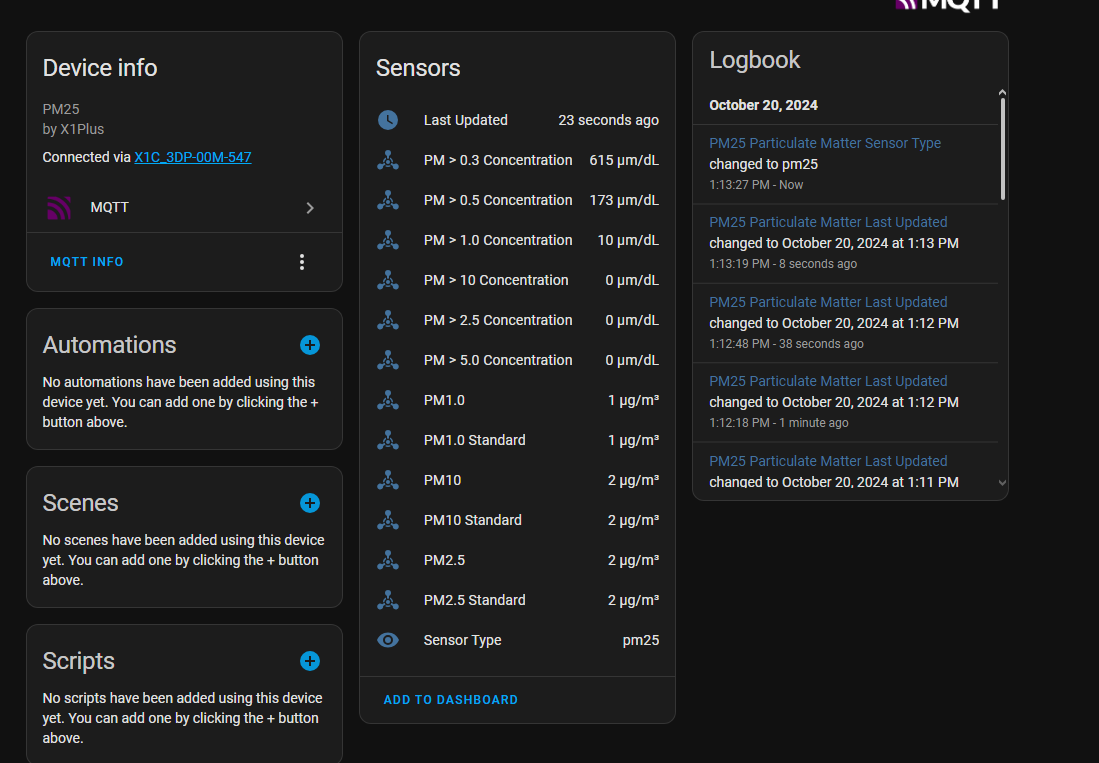
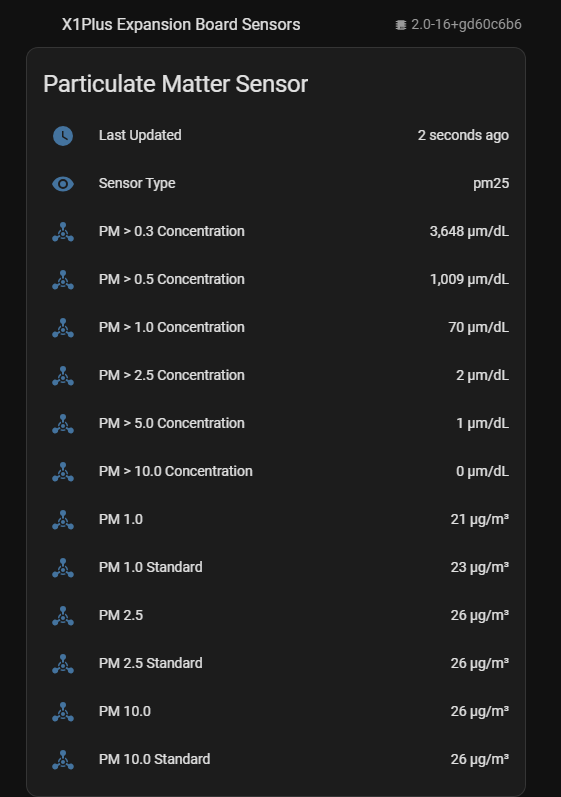 Very cool. What other sensors do you think are worth adding support for? How would you render these data on screen?
Very cool. What other sensors do you think are worth adding support for? How would you render these data on screen?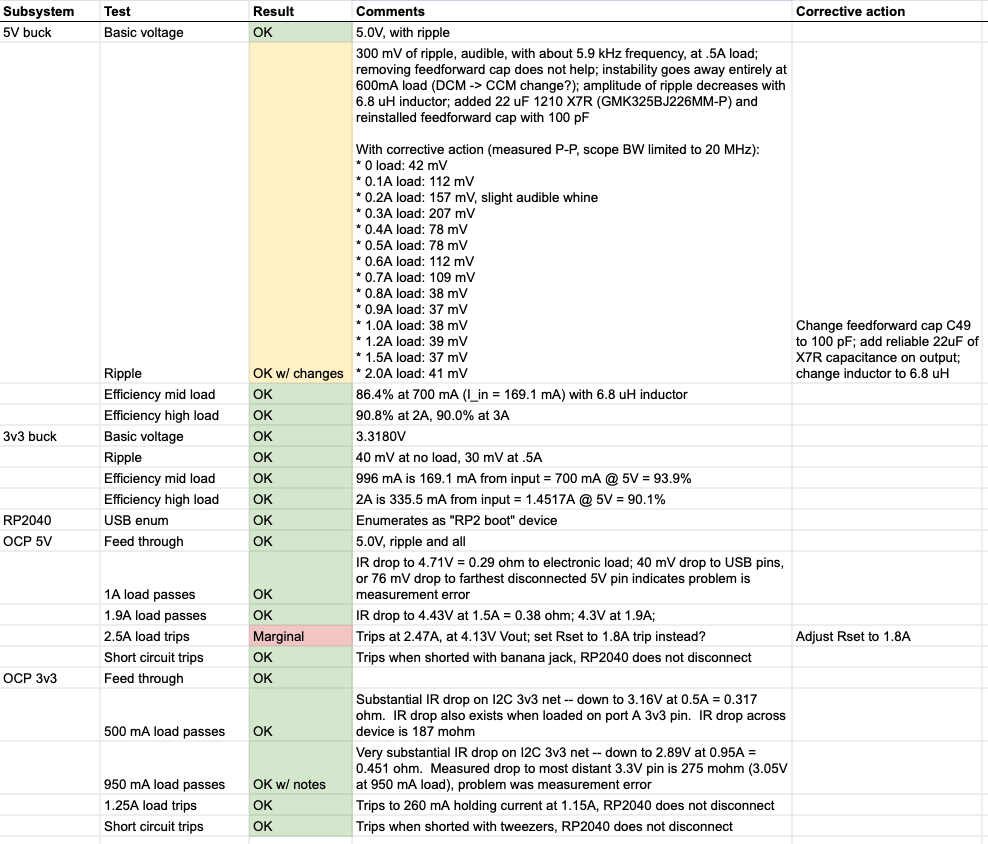
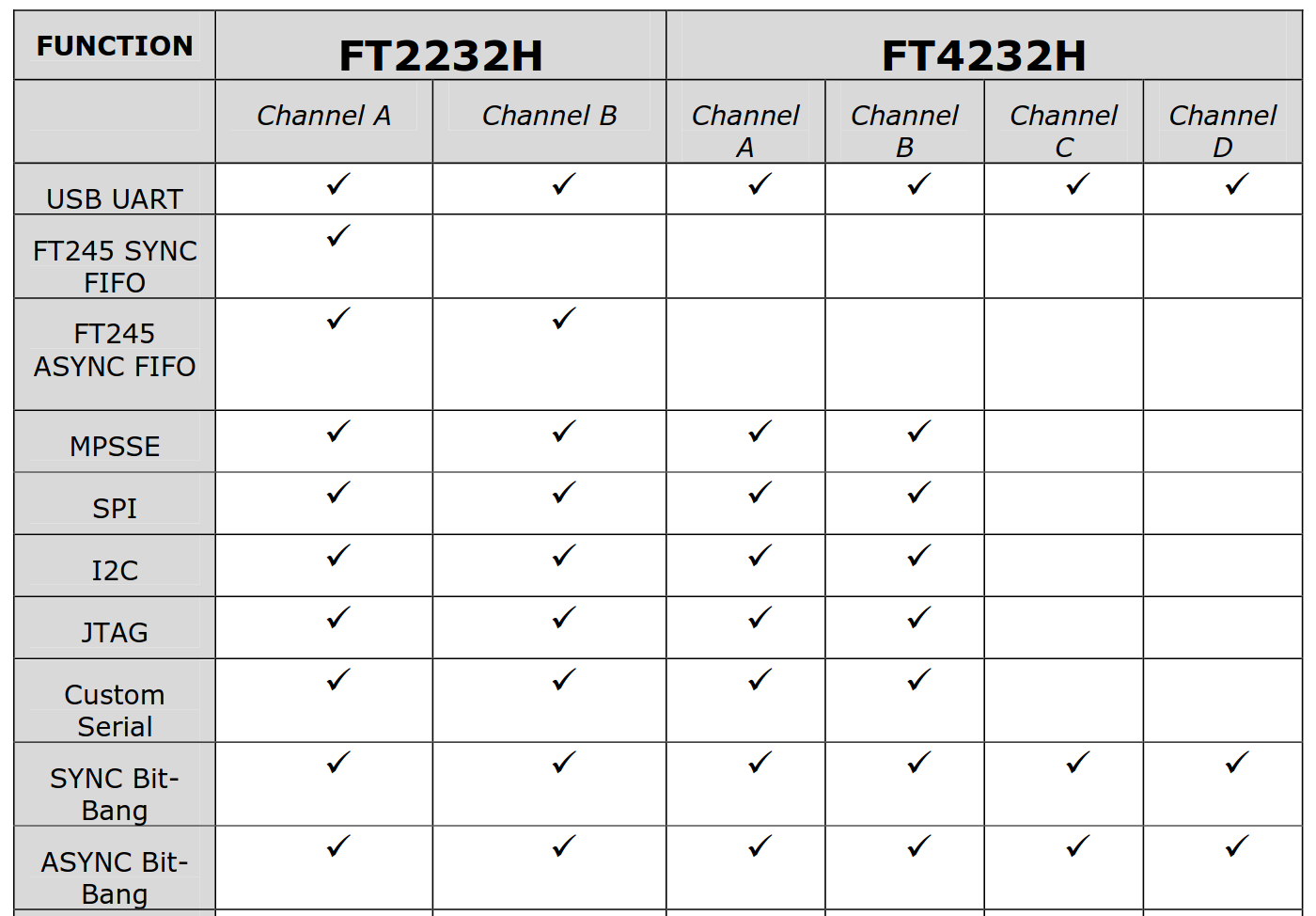
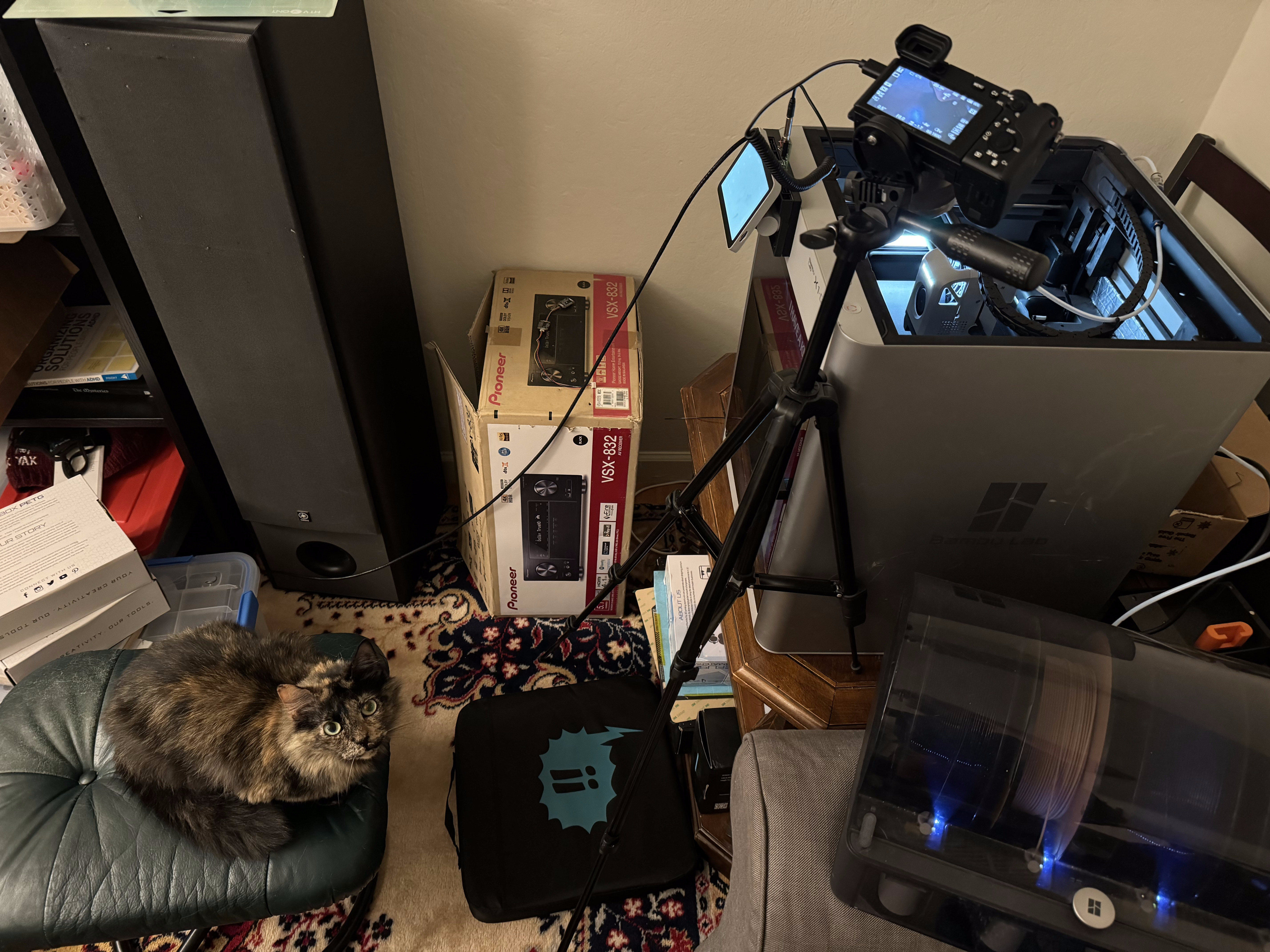
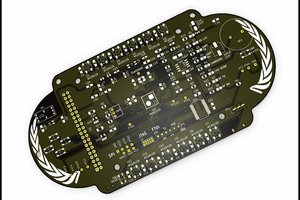
 John Adams
John Adams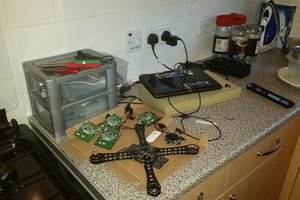
 RX HMP
RX HMP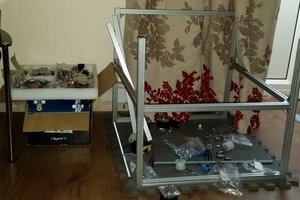
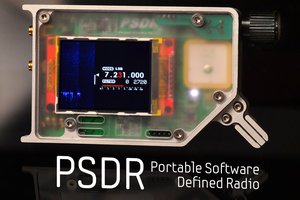
 Michael R Colton
Michael R Colton